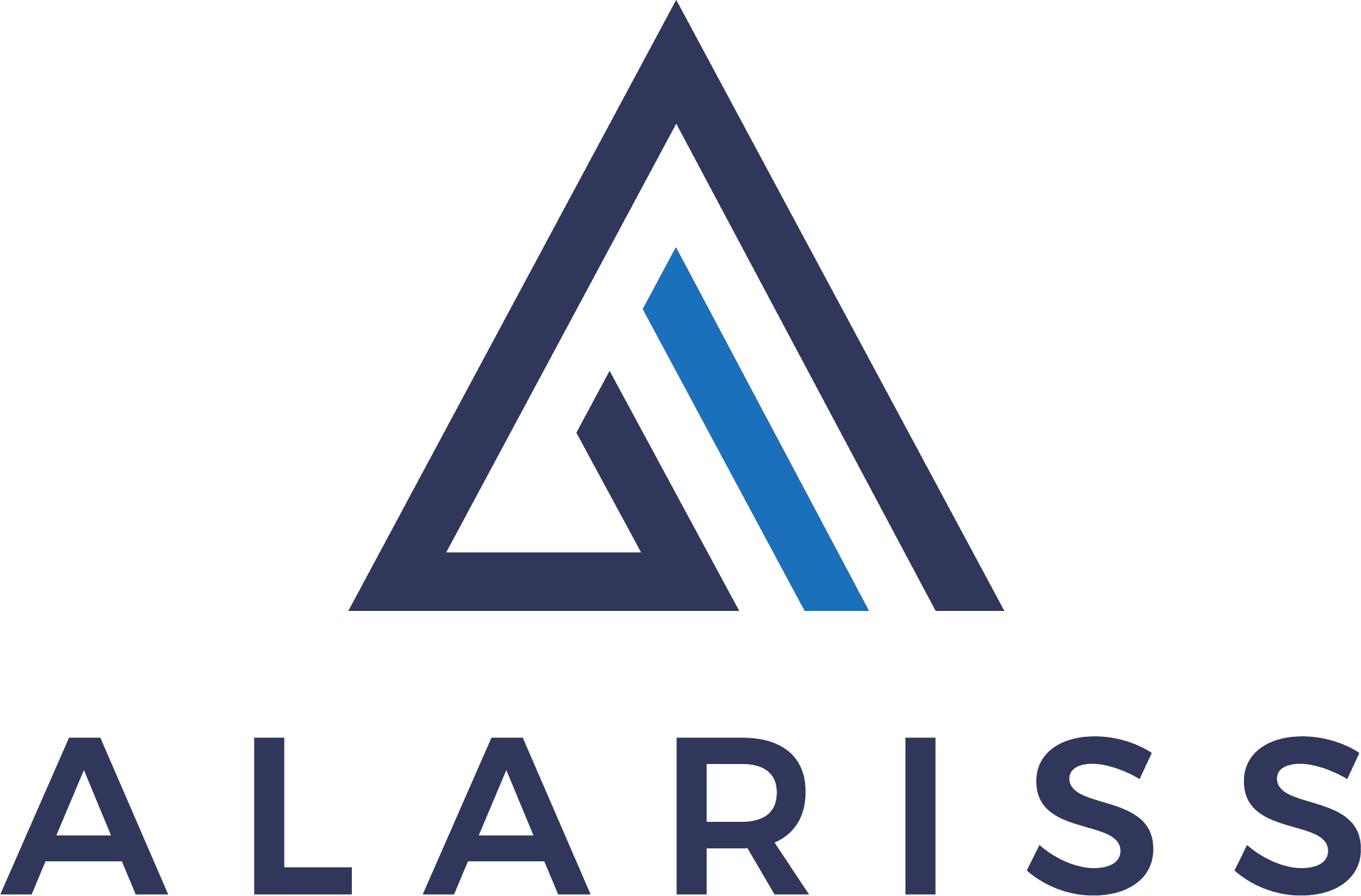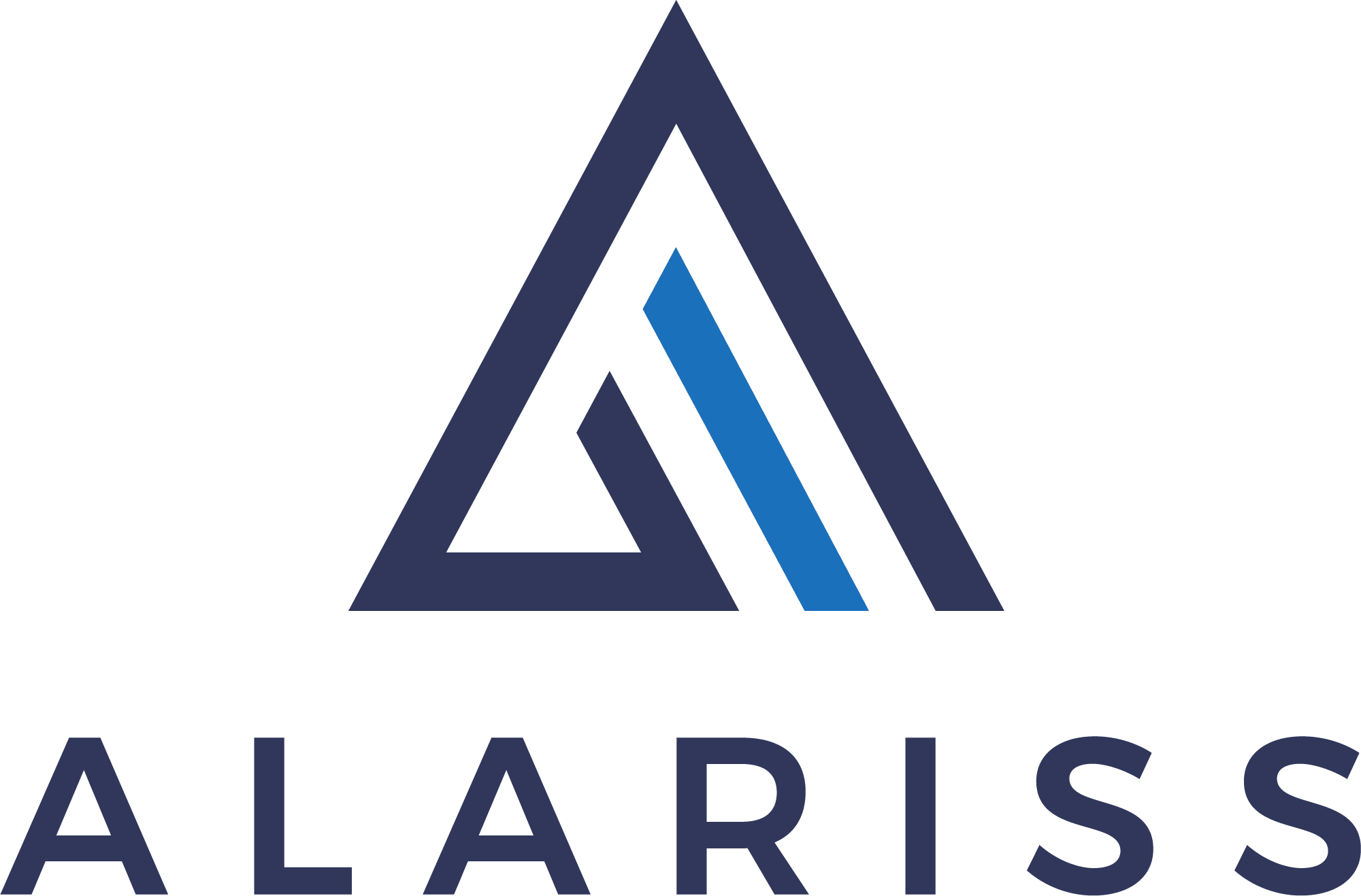Blog
Understanding Different Types of Payrolls: A Comprehensive Guide

May 28, 2024
Payroll management is crucial to any business, ensuring employees are paid accurately and on time. Different types of payroll systems cater to various business needs, from small startups to large corporations. Understanding these systems can help streamline operations, maintain compliance, and enhance employee satisfaction. This blog explores the various types of payrolls and their unique features.
1. In-House Payroll
In-house payroll refers to managing payroll processes within the company using its staff and resources. Typically, this involves dedicated payroll software and a team responsible for payroll tasks.
Benefits
- Control: Complete control over the payroll process.
- Customization: Tailor payroll processes to fit specific business needs.
- Security: Sensitive employee information stays within the company.
Drawbacks
- Cost: High costs associated with software, training, and personnel.
- Complexity: Managing compliance and staying updated with tax laws can be challenging.
2. Outsourced Payroll
Outsourcing payroll involves hiring an external company to manage payroll functions. This service can range from calculating paychecks to handling taxes and compliance.
Benefits
- Expertise: Access to professionals who specialize in payroll.
- Efficiency: Saves time for the in-house team to focus on core business activities.
- Compliance: Ensures adherence to current laws and regulations.
Drawbacks
- Control: Less control over the payroll process.
- Cost: Can be expensive, especially for smaller businesses.
- Communication: Potential communication issues between the business and the payroll provider.
3. Software-Based Payroll
Payroll software solutions automate the payroll process. These can be cloud-based or installed directly on company computers.
Benefits
- Automation: Reduces manual errors and speeds up the payroll process.
- Scalability: Easily scalable to accommodate business growth.
- Accessibility: Cloud-based solutions offer remote access from anywhere.
Drawbacks
- Learning Curve: Requires time to learn and set up.
- Cost: Subscription fees can add up, particularly for advanced features.
- Technical Issues: Potential for technical issues or data breaches.
4. Manual Payroll
Manual payroll involves calculating employee wages, taxes, and deductions by hand, often using spreadsheets or ledger books.
Benefits
- Cost: No need for expensive software or service fees.
- Control: Full control over every aspect of payroll.
Drawbacks
- Time-Consuming: Very labor-intensive and prone to human error.
- Complexity: Difficult to manage as the business grows.
- Compliance: Challenging to stay updated with changing regulations.
5. PEO (Professional Employer Organization) Payroll
A PEO provides comprehensive HR services, including payroll management, benefits administration, and compliance support.
Benefits
- Comprehensive Services: Handles various HR tasks beyond payroll.
- Compliance: Ensures adherence to all legal requirements.
- Employee Benefits: Often provides access to better employee benefits.
Drawbacks
- Cost: Can be quite expensive.
- Control: Less control over HR functions and payroll.
- Integration: Potential challenges integrating with existing company systems.
6. Bureau Payroll Services
Payroll bureaus offer specialized services where businesses can submit payroll data, and the bureau processes and handles everything else, including payslips and tax filings.
Benefits
- Expertise: Professional handling of payroll tasks.
- Efficiency: Frees up time for the business.
- Compliance: Ensures payroll is compliant with current laws.
Drawbacks
- Cost: Ongoing service fees.
- Control: Limited control over payroll processing.
- Customization: May not offer tailored solutions for unique business needs.
Choosing the Right Payroll System
Selecting the right payroll system depends on various factors, including the size of your business, budget, and specific payroll needs. Here’s a quick guide to help you choose:
- Small Businesses Often benefit from software-based or manual payroll for cost efficiency.
- Medium-Sized Businesses: Might find outsourced payroll or PEO services advantageous for handling growing complexities.
- Large Corporations: Typically use in-house payroll with robust software systems or comprehensive PEO services.
FAQ 1: How do I ensure the security of sensitive payroll data?
Answer: Ensuring the security of sensitive payroll data is crucial to protect against fraud and data breaches. Here are some best practices:
- Use Encrypted Software: Ensure that any payroll software you use employs strong encryption to protect data.
- Access Controls: Limit access to payroll data to only those employees who need it. Use strong passwords and multi-factor authentication.
- Regular Audits: Conduct regular audits of your payroll system to identify and address any vulnerabilities.
- Data Backup: Regularly back up payroll data and store it securely to prevent data loss.
- Employee Training: Educate employees about data security best practices and the importance of protecting sensitive information.
FAQ 2: What should I do if I make a mistake on a payroll?
Answer: Mistakes on payroll can happen, but it’s important to address them promptly to maintain trust and compliance:
- Identify the Error: Determine the nature and scope of the mistake, whether it’s a miscalculation, incorrect deductions, or an error in employee information.
- Communicate with Affected Employees: Inform any affected employees about the mistake as soon as possible and explain how it will be corrected.
- Correct the Error: Depending on the error, you may need to issue a corrected paycheck, adjust future payrolls, or amend tax filings.
- Document the Correction: Keep detailed records of the error and the steps taken to correct it. This is important for compliance and future reference.
- Review Processes: Analyze how the mistake occurred and review your payroll processes to prevent similar errors in the future. Implement additional checks if necessary.
FAQ 3: How do I handle payroll for remote employees in different states or countries?
Answer: Handling payroll for remote employees across different jurisdictions can be complex due to varying tax laws and regulations:
- Understand Local Laws: Research and understand the payroll laws and tax regulations in each state or country where your remote employees are.
- Tax Withholding: Ensure proper tax withholding according to the local requirements. This may involve registering your business in different states or countries for tax purposes.
- Use Payroll Software: Consider using payroll software that supports multi-state or international payroll processing to streamline compliance.
- Professional Advice: Consult with a payroll expert or tax advisor who has experience with multi-jurisdiction payrolls to ensure you comply with all local regulations.
- Regular Updates: Stay informed about changes in payroll laws and regulations in the jurisdictions where your remote employees are based to ensure ongoing compliance.
Effective payroll management is essential for smooth business operations and employee satisfaction. By understanding the different types of payroll systems, businesses can make informed decisions that best suit their needs and resources. Whether you opt for in-house, outsourced, software-based, or manual payroll, each system offers unique advantages and challenges. Choose wisely to ensure seamless payroll processing and compliance with all regulatory requirements.





